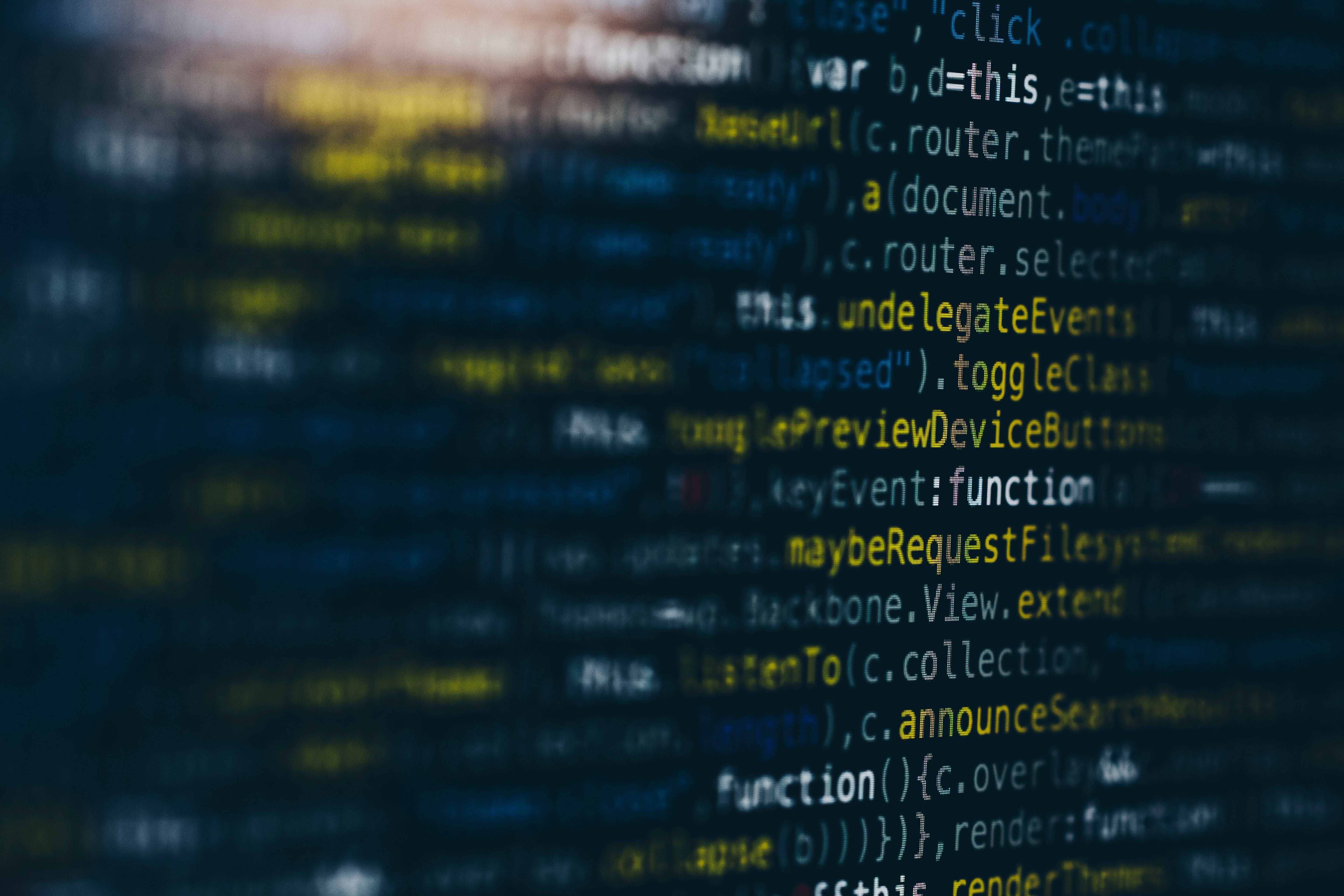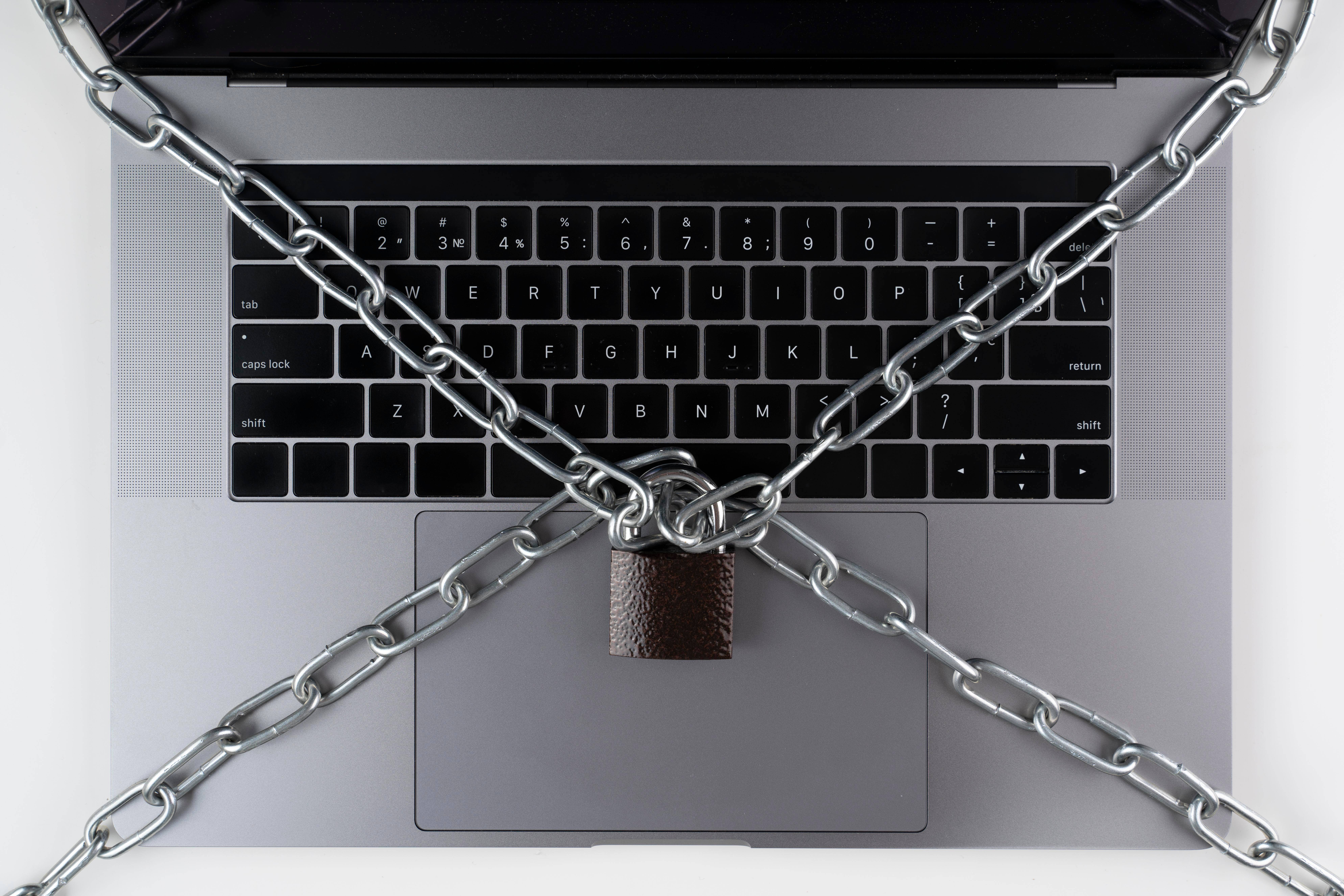Privacy and Security in Flight Tracking
Like most modern conveniences, flight tracking has become a common practice for travelers, aviation enthusiasts, and concerned family members alike. It allows us to monitor flights in real-time, providing invaluable information about flight status, delays, cancellations, and more. However, with this technological advancement comes the maybe not-so-obvious concerns related to privacy and security, especially in light of recent discussions about potential data misuse and flight monitoring vulnerabilities (aka tracking celebrities' and dignateries' flights).
Data Protection Measures
A primary concern when it comes to flight tracking is the protection of personal data. Airlines collect a significant amount of information about passengers—from their names and contact details to their travel history. This data can be highly sensitive; hence it is crucial that airlines take stringent measures to protect this information.
The latest developments in flight tracking, particularly in the private jet sector, have underscored the importance of enhanced security protocols. Aircraft owners and passengers have become more aware of how easily their movements can be tracked through online platforms. This has spurred many airlines and private aviation companies to adopt cutting-edge encryption technologies, ensuring that sensitive flight data remains unreadable without the proper decryption keys. Additionally, flight tracking systems are incorporating end-to-end encryption and stronger access control measures, allowing only authorized personnel to view specific flight details.
Anonymization Techniques
In addition to these protective measures, anonymization techniques are often used in flight tracking systems. Anonymization involves removing or altering identifying details so that individuals cannot be identified from the data.
This could mean replacing names with random ID numbers or using generalized locations rather than specific ones (e.g., "a passenger from Europe" instead of "a passenger from London"). This way, even if someone were able to access raw flight tracking data, they would not be able to link it back to individual passengers. A recent push from the FAA highlights the importance of anonymization, with many systems now masking data such as tail numbers to protect the identity of the aircraft’s owner.
Regulatory Compliance
Flight tracking services must comply with applicable privacy and data protection regulations. This includes adhering to laws and guidelines that govern the collection, use, storage, and sharing of personal data. Compliance with regulations such as the General Data Protection Regulation (GDPR) and the U.S. Federal Aviation Administration’s (FAA) latest updates on data protection is essential in ensuring that flight tracking services operate transparently and responsibly.
For example, the FAA recently introduced measures to address concerns about real-time tracking data being used for nefarious purposes. This includes restricting access to certain flight information for aircraft owners who opt into privacy programs, such as the Limiting Aircraft Data Displayed (LADD) initiative.
User Control and Transparency
Flight tracking services should provide users with control over their personal information and transparency regarding data collection and usage. Users should have the ability to opt-in or opt-out of certain tracking features, control the visibility of their flight information, and understand how their data is being utilized.
Transparent privacy policies and clear communication regarding data practices are essential to maintaining user trust. The aviation industry is making strides by providing passengers and aircraft owners with greater control over how their data is shared and viewed, with some services now offering “private mode” options that allow users to hide flight data entirely from public view.
The Balance Between Tracking and Personal Privacy
The challenge for airlines lies in balancing the need for accurate flight tracking with respect for personal privacy. While real-time monitoring provides significant benefits—such as improving safety procedures and optimizing flight efficiency—it’s imperative not to infringe on passengers' rights.
To strike this balance effectively, transparency is key. Airlines must clearly communicate what kind of information they collect through their tracking systems, how they use this information, and how they protect it. Recent debates surrounding the removal of certain public tracking data from sites like ADS-B Exchange have brought this issue into the spotlight, with some advocates pushing for a return to unrestricted access in the interest of public safety, while others argue for tighter controls to protect personal privacy.
Passengers should also have some degree of control over their data, including being able to opt-out of certain forms of collection if desired. Ultimately, both flight tracking services and users must work together to ensure that personal data is respected while still allowing for the immense benefits that tracking technology provides.
FAQ: Privacy and Security in Flight Tracking
Find more help here for your journey through the airport




